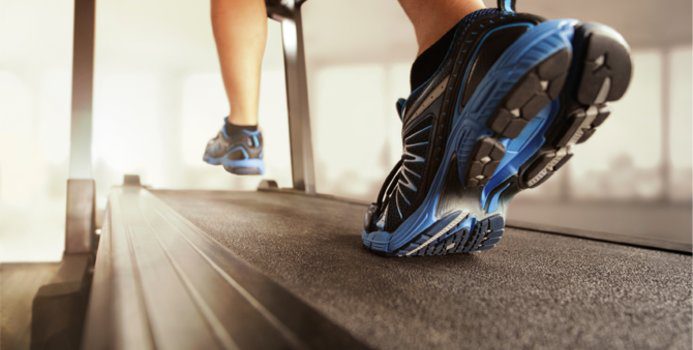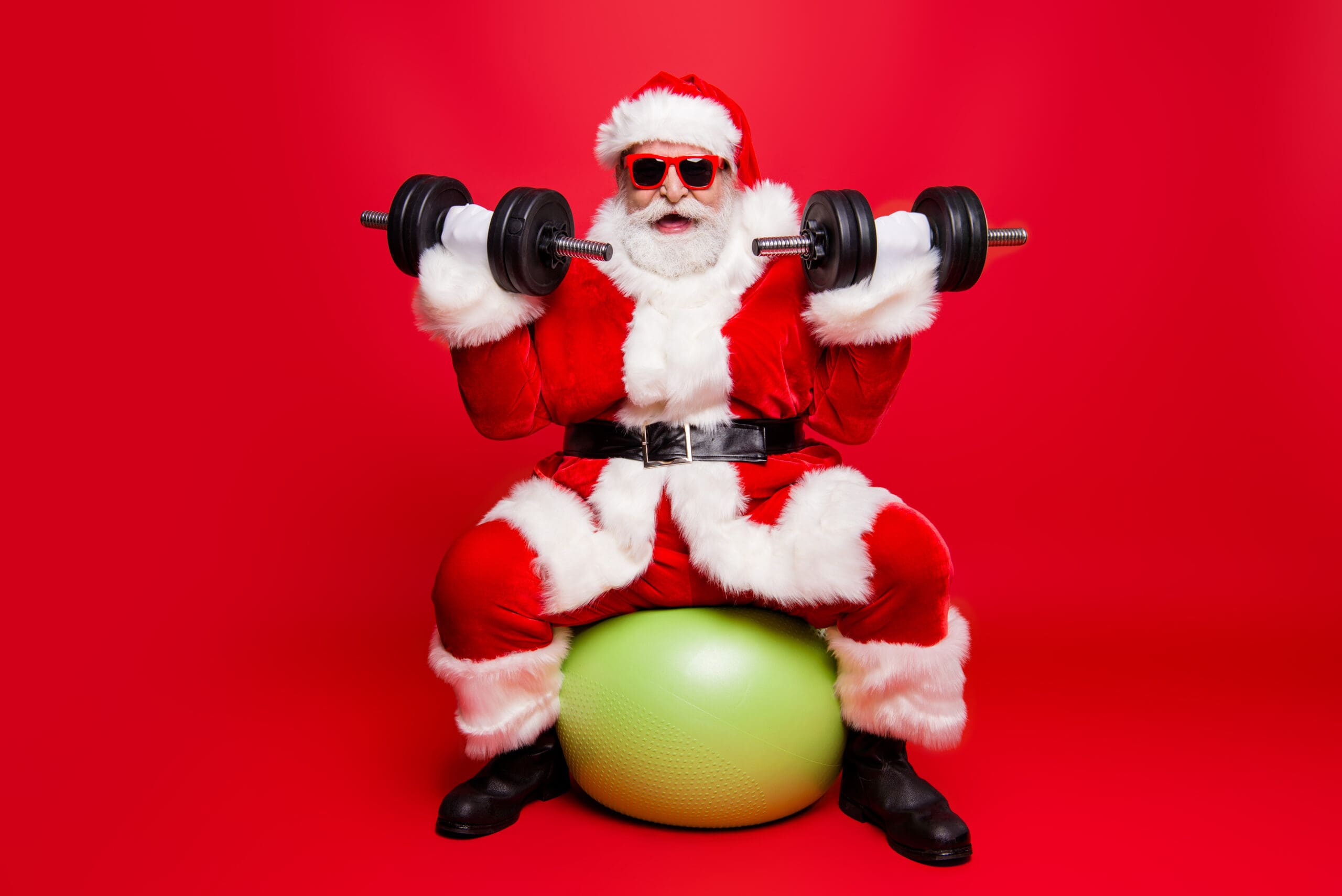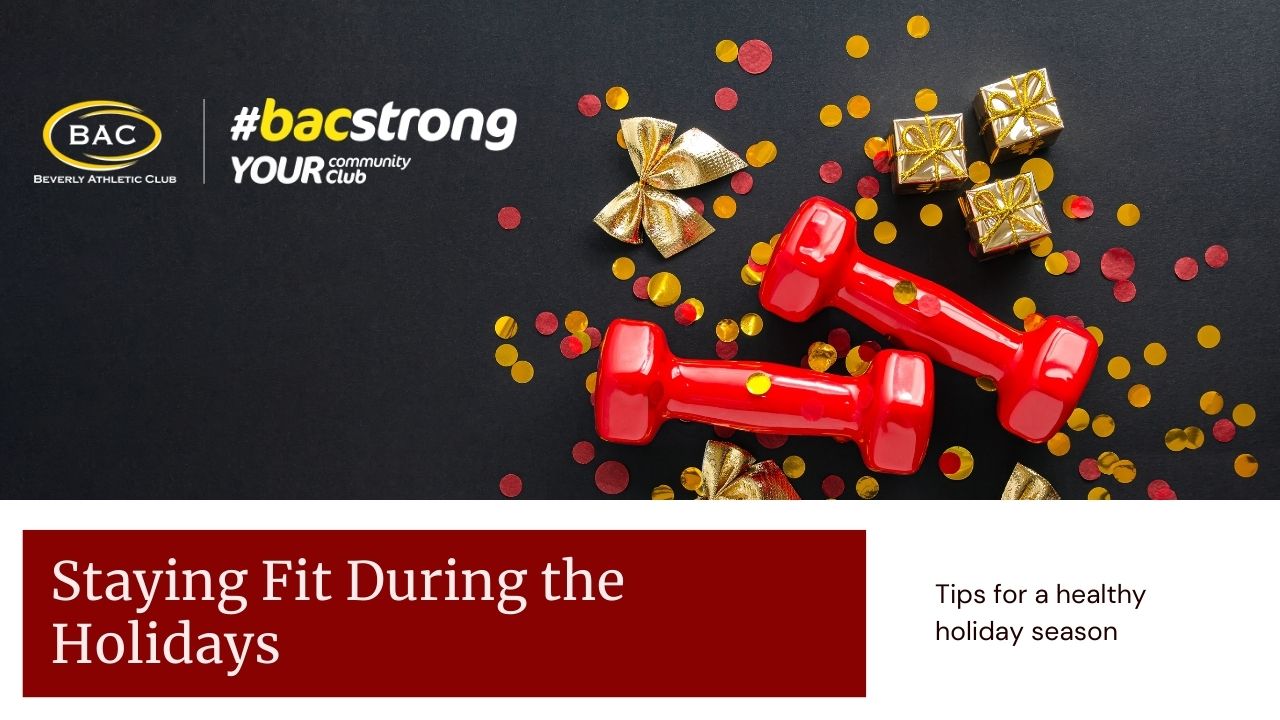![]()
Running has seen an explosion in popularity over the past two years. According to Neilson Sports after surveying people across ten countries, 4 in 10 people consider themselves to be runners and 30% of those run at least once a week; with an overall increase in running of 13% due to the pandemic. It’s no wonder that there is so much information, both good and bad, out there. It leaves a runner with a lot of questions.
Today we are looking to our own running expert at the Beverly Athletic Club, Brandon LaVack LMT, CPT., as he clears the air and busts some myths about running. LaVack sets the record straight on some small changes you can make to your running routine to add speed and decrease fatigue.
What’s the first thing that you would tell a runner?
LaVack: Beware of the many voices that are out there on the internet. There are so many people discussing the importance of this or of that, it’s too much and it’s not accurate. For instance, there is a lot of chatter about what shoe to buy, will that shoe cut down on injuries and does it help the runner to run faster. Simply put it doesn’t affect either. The science proves the shoe that feels the most comfortable is the best choice. There is also a great deal of science that suggests using two pairs of comfortable shoes on opposing days, can reduce the likelihood of injury by almost a third.
Many runners are locked into times, it’s all a runner thinks about ‘how do I improve my speed?’
LaVack: Cadence is the first thing that I look at when I train a runner, that’s the number of steps per minute. It will help to reduce injuries and it can improve a person’s speed immediately and over time. The average runner can have a cadence of 160 steps per minute. The elite runners have an average cadence of 200 steps per minute. The mistake that many runners make is they believe if they take a longer stride they’ll run faster. It’s about the number of steps that you can hit the ground with and the force by which you push off, which comes in shorter strides.
Some runners see the elite runners taking longer strides and think that’s what I’ll do. But the elite runner has the strength to both increase their cadence and lengthen their stride. The average runner does not. I have had people come in with a massive over-stride and a cadence of 120 steps per minute. I shorten their stride and increase their cadence immediately by 10% to 132 steps per minute. By doing that I have not increased their oxygen consumption (fatigue) and they get faster. Now we can work on a running program over time to build up your cadence to 160 steps per minute.
A lot of people argue about strike position, where a foot hits the pavement, what are your thoughts on this issue?
LaVack: Where your foot strikes the pavement is so over-dramatized, it’s overused in its importance. Most of the opinions out there say do not hit the ground heel first. This is simply not true. For the world class runners a heel strike is used as a strategy during races that everyone utilizes. Hitting the ground with your heel does not increase the likelihood of injury and it has no negative outcomes. What’s more important than anything, does it feel comfortable for you, if the answer is yes then don’t change anything.
What about weight training for runners, this seems to be a heated topic?
LaVack: There’s a negative connotation to the thought of strength training in cooperation with a runner’s workout routine. I’ve worked with college athletes and a strength program is viewed with skepticism, most runners view strength training as negative because it initially may decease a runner’s speed. That small decrease will turn a runner away, but logically the elite runner has a higher cadence and longer stride that’s because of their strength. They have a lot of force pushing off the ground and that comes from power.
Runners avoid the weight room due to a lot of bad information, so weights have a bad rap. I’m not saying be a power-lifter but if you want to get better at running you need to get stronger, you want to create more force pushing off the ground and that means increase your overall strength.
I know we could talk for days about running and thanks for this great discussion, what quick tips about running would you want to share?
LaVack: Yes, that’s tough breaking it down like that but I have to mention mental toughness and attitude. Which is so important in a runner’s training.
First and foremost, running will be uncomfortable. Your body wants to conserve energy and you’re pushing it beyond what it wants to do therefore it will try to get you to stop doing what you’re doing. Learn to shut out everything except the training or race.
Second, when things become uncomfortable and you legs are fatigued, runners will try to move their legs faster with poor results. Focus on pumping your arms faster. By pumping your arms you can maintain your cadence and not overtax your already exhausted legs.
Finally, keep your arms and upper body as relaxed as possible. If you’re holding tension and stress in your arms and upper body your draining energy. I have seen people run with clenched fists that’s too much stress in your body. The best thing you can do is run as if you are holding an egg, you’ll conserve a lot of your energy.
Brandon LaVack, LMT, CPT., is available for consults and personal training at the Beverly Athletic Club; email him at [email protected].





